#Tarantula hawk
Explore tagged Tumblr posts
Text
THE BADASS BUG BRACKET
ROUND 1, BRACKET 2


Vulture Bee (trigona hypogea) vs Tarantula Hawk (pepsis grossa)
Vulture bee propaganda: Bees are already cool but what about bees that eat flesh and make blood honey?
Tarantula Hawk propaganda: (none provided)
#bugblr#insectblr#bugs#insects#bug#insect#entomology#the badass bug bracket#bracket tournament#poll tournament#tarantula hawk#Bee
160 notes
·
View notes
Text




This summer, kick back with a nice refreshing pepsis :)
88 notes
·
View notes
Text
I'm watching a video of a tarantula hawk preying on a tarantula and it's really, really fascinating because the most immediately striking thing about it is how strange it is that the big, fearsome, powerful-looking tarantula barely even tries to fight back. It's almost uncanny: you watch it and you feel like something is wrong. The tarantula just stands there, fangs raised, but doesn't really attack the wasp that's circling around and waiting for its chance to sting the nerve center in its prey's weak underbelly. You want to scream at the tarantula to run away, at least. But it makes sense when you consider what each creature has evolved to do, and evolved to understand.
The tarantula looks strong, but it's a relatively fragile creature. It's an ambush hunter with very poor vision and senses its prey mostly through scent and vibration, and all of its other predators are large animals (coyotes, birds, etc.) that it barely stands a chance against anyway. Besides its irritating hairs, its sole offensive option is its bite, and though it can skitter pretty fast, it's grounded.
The tarantula hawk, on the other hand, is an extremely fast and extremely aggressive flying predator* with relatively good eyesight. They attack very quickly and precisely, exploiting the tarantula's natural defensive position to attack its underbelly. With a single sting in the right spot, it can completely paralyze its target; defensively, its hard exoskeleton protects it entirely from the tarantula's hairs and bite. It can outlast and outmaneuver the tarantula completely. As the video states, it's also possible that the tarantula hawk releases an odor during these encounters that disorients the tarantula, which relies on its scent to perceive its surroundings. (*despite necessarily preying upon tarantulas as part of its reproductive cycle, the tarantula is only actually eaten by the larva laid inside of it. The adult tarantula hawks are pollinators that only consume plant nectar.) It's as close to a perfect hard counter as you can get in the animal kingdom.
This kind of extremely specific evolutionary advantage-stacking is probably my favorite thing about wasps; it's amazing to me how thoroughly they will specialize into their environmental niche. You'd be tempted to call it cruel how completely the wasp counters the tarantula, but it's not really "cruel." The wasp just is. Nature just is.
Giant wasps are a semi-frequent monster concept in fictional settings, but if giant human-predating wasps really did exist, then they probably wouldn't just be these same wasps but super-sized and aggressive (consider the cazadores from Fallout: New Vegas). Instead, you have to apply the logic, not just copy it. Human-predating wasps would be evolved in contrast to what humans are capable of: they would have some kind of evolutionary circumvention against our vision, against our hearing, and possibly even against weaponry or shelter or social structure. And that sounds much scarier and cooler to me than "what if a bug was big." Just fun bug facts!
549 notes
·
View notes
Text

here is a pixel tarantula hawk. I’m doing a bunch of Hymenoptera pixel art for a project, so I might post those soon as well.
19 notes
·
View notes
Text
So I'm just gonna dump a bunch of photos I took when I went on a trip to my dads property a few weeks ago. (He lives in a tent in the middle of arizona.)





















So anyway that's about everything. I didn't get to explore too much because I was sick the whole week. And before that. And still.
I wish I could have gotten better pictures but my phone is kinda old so.
#nature#camping#wildlife#birdwatching#insect#spider#mantis#katydid#isopod#wasp#tarantula hawk#cardinal#skunk#toad#lizard#snake#garter snake#moth#arizona
37 notes
·
View notes
Text

go fast 💥🏁
Angelo and his '74 DT250
#h3xapod#Furry#insect furry#Motorcycle#Illustration#artists on tumblr#Wheelie#Yamaha#flipping the bird#Anthro#Wasp#Angelo#Tarantula hawk#New mexico
33 notes
·
View notes
Text
i would go to forest
if this was the deer

if this was the rabbit

if this was the wolf

if this was the hawk

if this was the mole

and if this was the acorn!!

#op#bugs#invertebrates#REBLOG MY POST BOY#featherhorn beetle#wolf spider#sea bunny#tarantula hawk#mole cricket#acorn weevil
27 notes
·
View notes
Text

The rebuilt Tarantula Hawk 02, from my comic MODERN CARAPACE. Built to be more lithe, and more formidable in combat. Probably won’t be seen for a while, but excited to reveal it!
#jakud#artists on tumblr#illustration#kaiju#modern carapace#comics#mecha#comics on tumblr#mecha art#mech art#tarantula hawk#oc artwork#oc#oc art
39 notes
·
View notes
Text



New World Tarantula-hawk Wasps; Genus Pepsis - Travis County, TX, USA
Pepsis (from Ancient Greek πέψι lit. pepsis meaning 'digestion, cooking') is a genus of spider wasps belonging to the family Pompilidae. Species within this genus are also called tarantula hawks, as they usually hunt tarantulas, similarly to many species in the genus Hemipepsis. These wasps are restricted to the Americas.
#new world tarantula hawk#tarantula hawk#wasps#pepsis#texas#usa#spider wasp#spider wasps#animals#Pompilidae
6 notes
·
View notes
Text

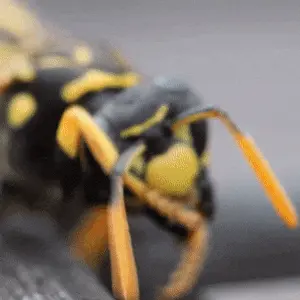





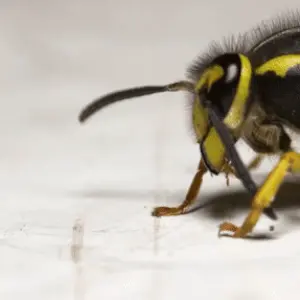
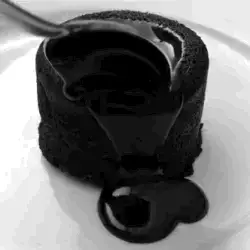
°*•🐝» tarantula hawk stimboard !
🐝-🐝-🐝-🐝-🐝-🐝-🐝-🐝-🐝
#caughtintheweb ; requests !#finished request#otherkin#requests#alterhuman#therian#stimboard#Waspkin#bugkin#insectkin#bug moodboard#Tarantula hawk#tarantula hawk kin#Insect stim board#Orange stimboard#black stim board
15 notes
·
View notes
Text

Pepsis Schmidt an alien crash landed on earth. He was escaped from a planet in full out civil war. Maybe will make into a full fledged story. :)
6 notes
·
View notes
Text
THE BADASS BUG BRACKET
ROUND 2, BRACKET 1


African Giant Centipede (scolopendra gigantea) vs Tarantula Hawk (pepsis grossa)
African giant centipede propaganda: the largest species of centipede in the world, grows up to a foot long, sometimes eats snakes, sparks fear in even the most whimsical bug lovers, so awesome
Tarantula Hawk propaganda: (none provided)
#the badass bug bracket#bugblr#insectblr#bugs#insects#bug#insect#entomology#centipede#tarantula hawk#poll tournament#bracket tournament
70 notes
·
View notes
Text
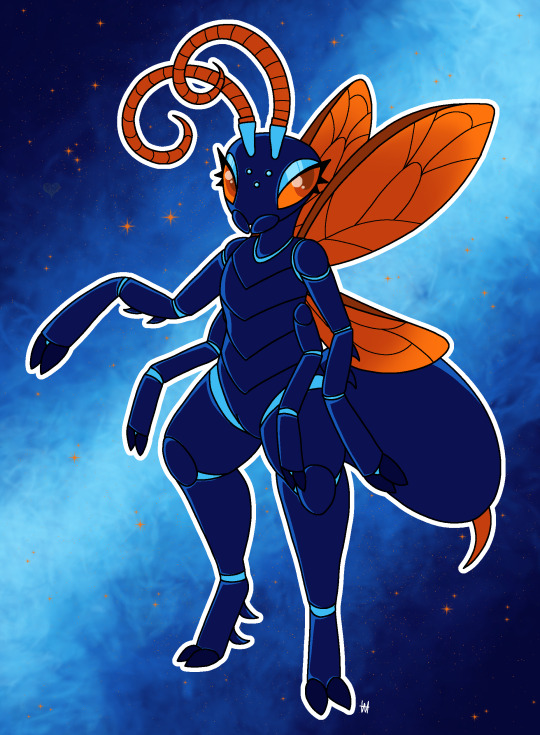
Artfight attack for @perfectpossumprincess 🐝🕷
this gal is super pretty! loved drawing her!
#via's art#digital art#art#oc artist#artists on tumblr#anthro art#anthro#furry#furry art#furry community#furry anthro#anthropomorphic#furry artist#insect#bug#wasp#tarantula hawk wasp#tarantula hawk#parasitic wasp#artfight attack#artfight team werewolves#artfight#artfight 2023#digital aritst#digital illustration
33 notes
·
View notes
Text
The female tarantula hawk wasp stings a tarantula between the legs, paralyzing it, and then drags the prey to a specially prepared burrow, where a single egg is laid on the spider's abdomen, and the burrow entrance is covered. The hatched larva will then consume the still living host.
Video footage courtesy of Big Bend National Park.
#insects#arachnids#tarantula hawk#tarantula#mother nature#nature#in the desert#big bend national park#texas#west texas#desert critters
6 notes
·
View notes
Text
another oc post because yes
this is terri (based off of a tarantula hawk) and her only daughter fifla (based off of a firefly) who is a councilor which is essentially a species of bug women my friend made (same friend created and drew the big kayara, this was done on an aggie hence the extraneous bits. i'm sure you can discern my contributions from art style haha)
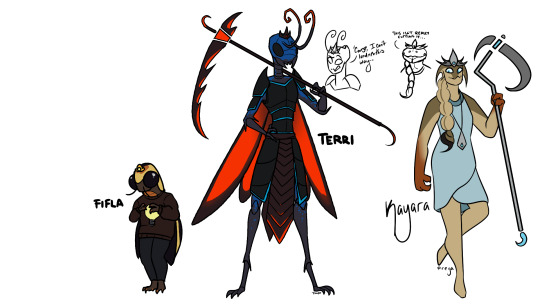
unlike most members of her species, terri has sons as well, all adopted from the streets (councilors are all female and typically consume the usually-human father after they no longer need him as well as abandon any male, human children they have).
she's extremely protective of her children and mildly paranoid, sometimes veering into helicopter mom territory (though it's somewhat warranted considering how murderous other councilors can be)
#oc#original character#original species#insects#tarantula hawk#trashmann treasure#character containment
9 notes
·
View notes
Text

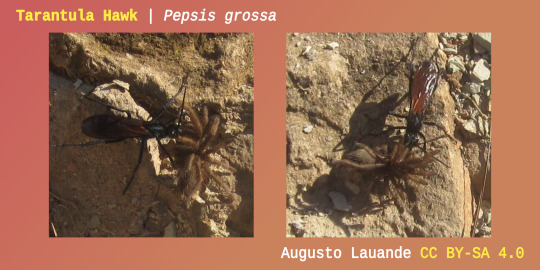
My coolest bug sighting yet Can provide the full pics upon request, under the same license
4 notes
·
View notes